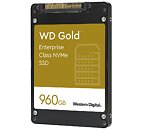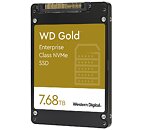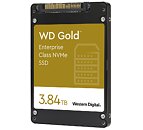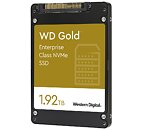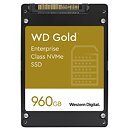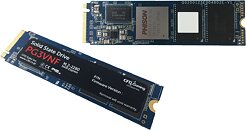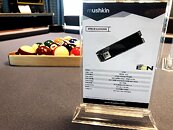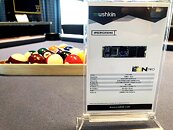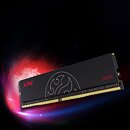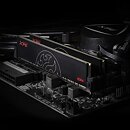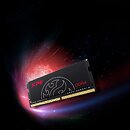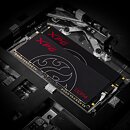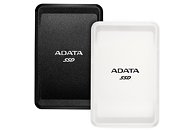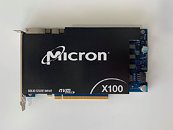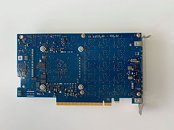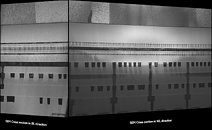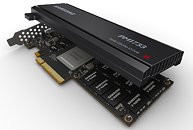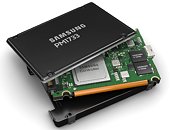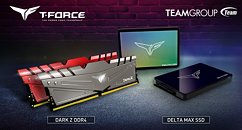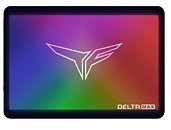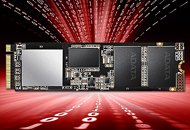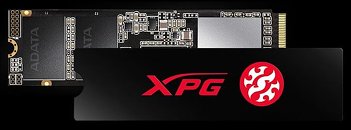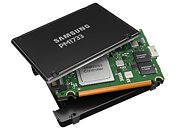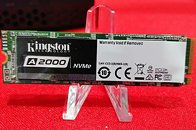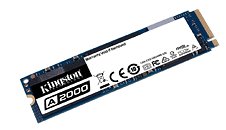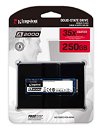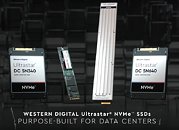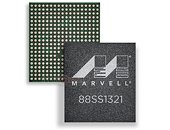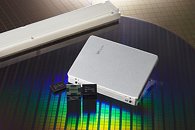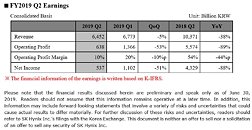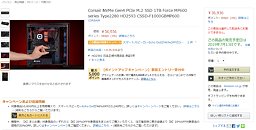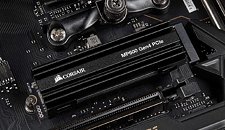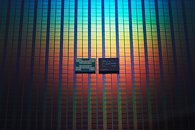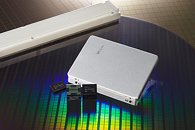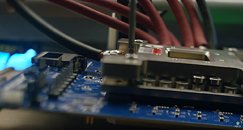
Western Digital Announces the WD Gold Series U.2 NVMe Enterprise SSDs
Western Digital is enabling small and medium-sized enterprises (SMEs) to easily transition to NVMe storage and dramatically improve application performance with a new addition to its portfolio of data center NVMe SSDs: the first enterprise-class NVMe SSD in the WD Gold family. Industry analyst firm IDC expects NVMe unit shipments to reach more than 79 percent of the market by 2023. With advancements in multi-core, multi-threaded CPUs, legacy storage technology has become a bottleneck to maximum application performance.
Shipping in early cQ2 2020, the new WD Gold NVMe SSDs will be available in four capacities to channel partners and end customers. The WD Gold NVMe SSD is designed to be the primary storage in servers delivering superior response times, higher throughput and greater scale than existing SATA devices for enterprise applications. WD Gold NVMe SSDs complement recently launched WD Gold HDDs by providing a high-performance storage tier for applications and data sets that requires low latency or high throughput.
Shipping in early cQ2 2020, the new WD Gold NVMe SSDs will be available in four capacities to channel partners and end customers. The WD Gold NVMe SSD is designed to be the primary storage in servers delivering superior response times, higher throughput and greater scale than existing SATA devices for enterprise applications. WD Gold NVMe SSDs complement recently launched WD Gold HDDs by providing a high-performance storage tier for applications and data sets that requires low latency or high throughput.
